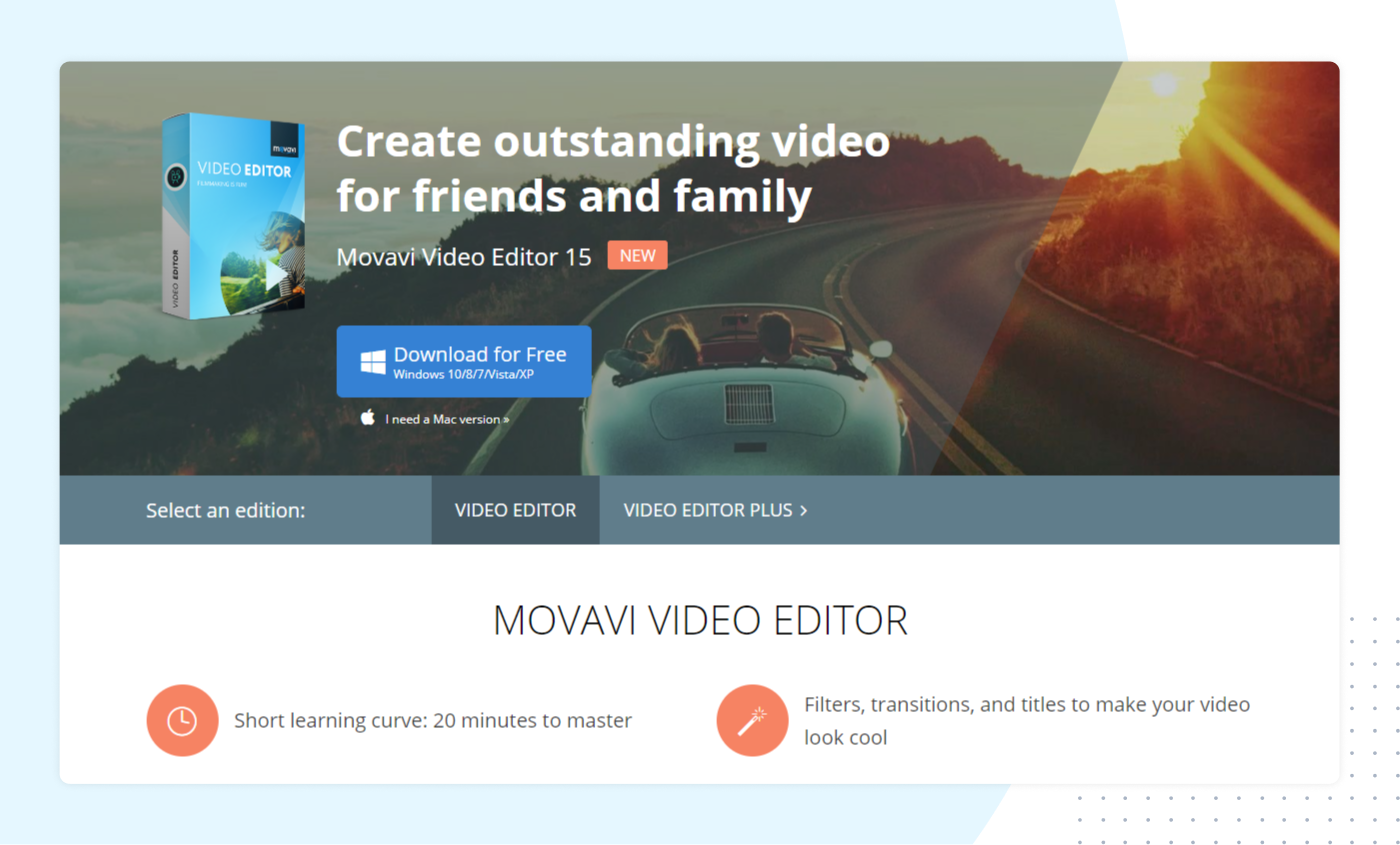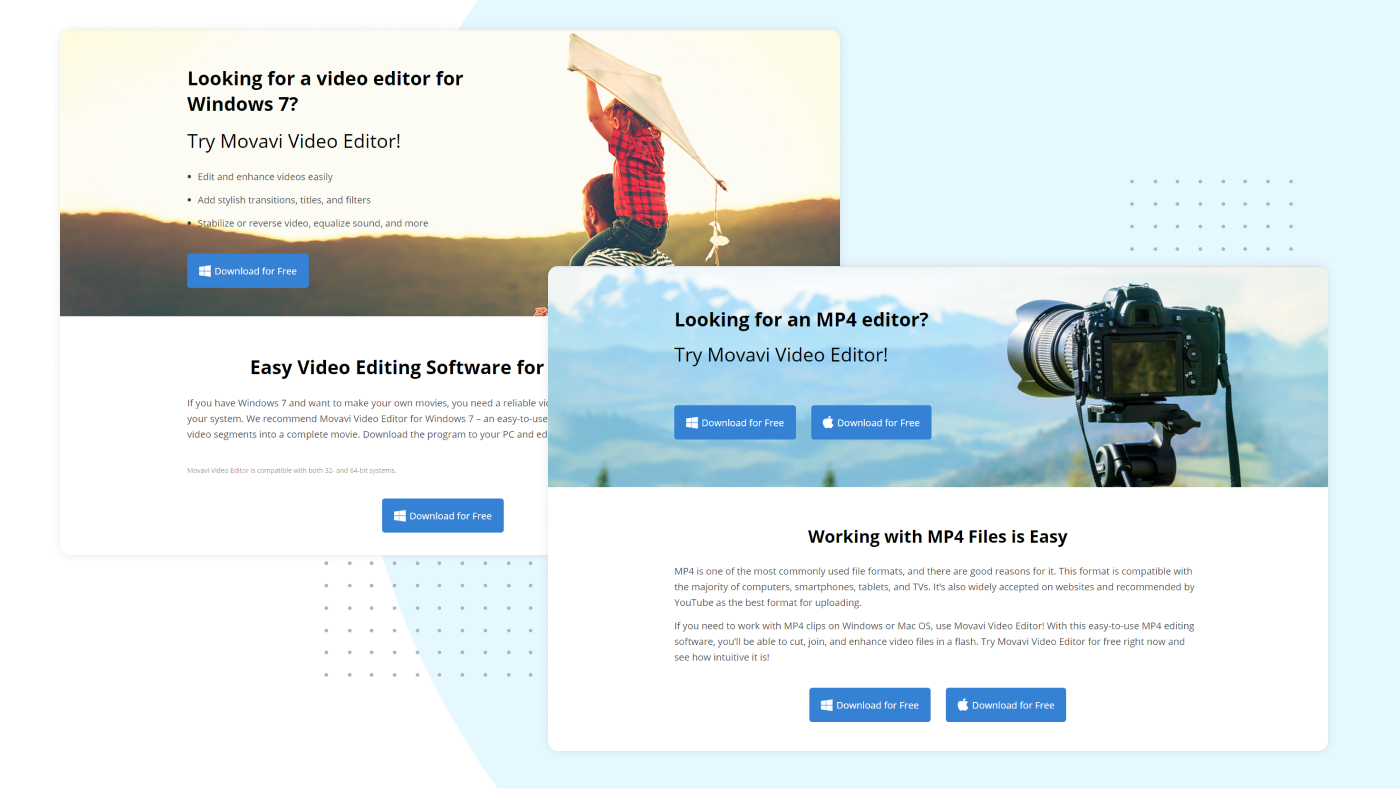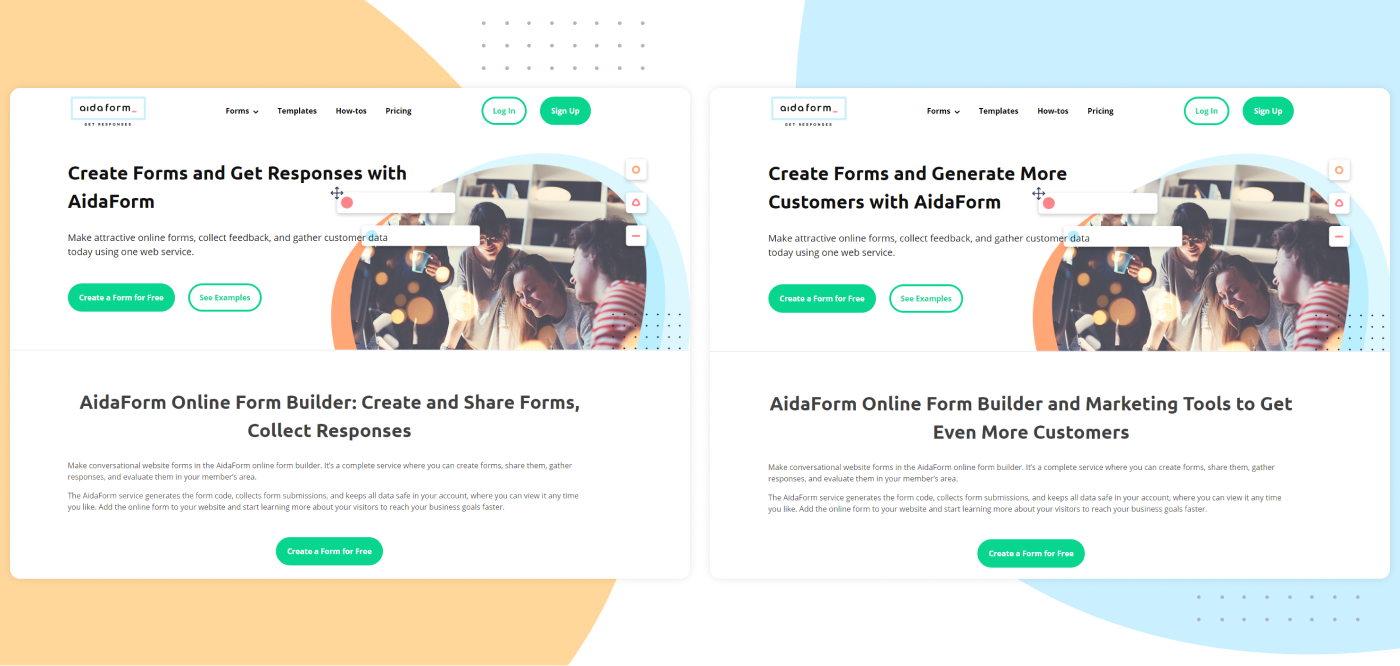Case Study: When and Why Use Separate Google AdWords Landing Pages

Let’s assume you already have a website where you describe the goods or services you offer. This website has loads of information about the stuff you offer, so what’s the point of another AdWords landing page? What is a PPC landing page? When should you create a dedicated ad landing page for Google AdWords? Let’s get this straight.
Just so we start on the same page (pun intended), we need to answer the question “What is a landing page?” first. A landing page is a single webpage, specifically created for marketing purposes, where visitors “land” after they’ve opened a link in a marketing promotion, marketing email, or clicked an ad. In this article, we’ll be focusing on Google AdWords landing pages.
Chances are, all your landing pages perfectly fit the ad campaigns you’re managing on Google AdWords. However, there are several cases where dedicated PPC landing pages can improve your campaign results dramatically:
- Create effective PPC landing pages for a particular campaign
- Test a new idea or hypothesis
- Comply with the Google AdWords landing page policy
Let’s take a closer look at each of these cases.
Case 1. Create an Effective PPC landing page for a Particular Campaign
Understand What Makes an AdWords Landing Page Effective
Whatever business you’re in – software, toys and kids’ clothes, a restaurant, sports club, or workshop – if it’s online, an effective PPC landing page is a page that converts visitors to clients well. That is, when someone visited your page and registered, downloaded or bought something, contacted a sales rep via your online chat or completed a contact form, etc.
Visitors usually convert when:
- They see the information they came for
- This information is easy to read and understand
- Your call to action is easy to notice
- The action is easy to perform
- The action looks and feels safe
That sounds nice… in theory, but how do you put this into practice and assess the effectiveness of your page?
Assess How Effective Your Landing Page is for a Particular Campaign
So you want to know, how well a page of your website would perform as a landing page of an AdWords campaign. To evaluate pages better, concentrate on ad groups with just a few synonymous keywords.
By narrowing down ad groups you can easily understand what users expect from their respective landing pages. This approach also lets you easily create ads that will match each of the keywords in your group and manage individual keywords. Still too vague? Here’s an example of how it should work.
Example
A company is advertising a video editing application. This app works with video in a variety of formats on Windows and Mac OS.
PPC specialists grouped the keywords for the campaign as follows:
- Group 1: “video editing, video editor, edit video”
- Group 2: “edit video on Windows 7, how to edit video on Windows 7”
- Group 3: “edit MP4 video, how to edit MP4 video”
Now we need to understand if the main product page will work for all of these three groups. The first screen that a visitor sees on this page looks like this:

This page seems to work well for the visitors who clicked the ads from Group 1 because the page immediately offers them the product they’ve been looking for.
If you put in some effort, you’ll also find the information about the operating system and formats that this video editor supports. Let’s imagine that someone visited this page after googling “edit video on Windows 7”. Will they find what they need in the first three seconds of looking at the page? Most certainly not. In most cases, people won’t scroll through the whole landing page to look for the information they need. If they can’t find it right away, visitors will likely bounce off without doing anything. There are tons of other pages in the search results. Perhaps, they have more relevant information.
How do we keep visitors from Groups 2 and 3 interested? More landing pages! The information they’re looking for should be easy to find when they open the page. The page heading and the rest of the content should be relevant to their respective search queries. In our case, the PPC got two more landing pages, where visitors can immediately find what they were looking for:

The narrower the group of keywords the better we can tailor the content on the landing page: make it useful and provide an attractive and relevant call to action.
Tip:
You can estimate the number of potential visitors for the keywords you selected using the free Keywords Google AdWords tool. This will help you decide if your ad group needs a separate landing page.
Case 2. Split-Test Landing Pages for AdWords
A/B-Test Your Ideas and Hypotheses for Texts, Calls to Action, Content Structure
What’s the best course of action: should I ask visitors to subscribe or fill out a feedback form? Or maybe they’re just looking for an easy online service app and I need to make a clear call to action like TRY FREE RIGHT NOW on my landing page. If you frequently ponder similar questions, great! That means you’re an aspiring marketer. Not always being able to choose the best possible call to action, promotional text, or marketing approach is natural even if for someone with years of experience in the field.
A/B-testing should resolve any questions and uncertainties you might have and choose the best Google AdWords landing page for your specific campaign. Simply create two versions of the landing page you want with minor differences in positioning and call to action. Test them against each other and choose the one that converts visitors better.
Example
The AidaForm online service lets you create online forms without web-designers and coding.
Many people search for online form creators by function using the search query “form builder”. However, we assume that the value of building a form online is not in the form itself. It’s the business tasks they want to solve through the form: register attendees for a conference, collect orders, receive feedback, etc. People want their forms to convert well so that they solve their business goals and manage customer relations. AidaForm has simple marketing tools to help users do this.
So what pitch do we use in the page top to clearly communicate the advantages of the service?
We can A/B-test different headers for the landing page. We’re going to run this test with two variations of the page you can see below. The first variation will communicate the functionality of the service: Create Forms and Get Responses. The second one focuses on the value AidaForm can have for business: Create Forms and Generate More Customers. Which one has better chances of winning?

Google AdWords campaigns let you quickly split-test different approaches. You can use website creators to easily make landing page variations – even without extensive knowledge in web design or programming.
Case 3. Comply with the AdWords Landing Page Policy
Ever heard of the landing page experience in AdWords? Google has a whole set of regulations for ad landing pages so that they provide optimal user experience to those who visit them. Some of the pages that work perfectly well on organic traffic may be declined as AdWords landing pages. Why? Because they don’t comply with the Google AdWords landing page rules.
Say, you have an indexed page that converts organic traffic really well, because it opens a popup with an attractive offer on browser tab close. It may not be a nagging irritating in-your-face message that people will immediately close and complain about. Let’s say it’s as delicate and unobtrusive as a popup can be and it offers real value to cold customers that are about to leave.
It doesn’t matter how user-friendly your popup is, Google will consider it a violation of their ad destination policies and won’t let you use the landing page for PPC campaigns in AdWords. They consider all elements that prevent users from taking an action they want to take as bad user experience.
As always, there is more than one option to choose from:
- Disable the popup that boosts conversions on your organic traffic
- Create a separate landing page for your ad campaigns without this popup
Both options have their pros and cons, so consider them based on potential gains and losses. Do you have enough resources to keep two very similar pages updated? Would ad conversions compensate for the conversion loss from your organic traffic? Analyze the situation and do what’s best for your business.